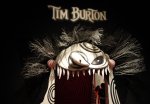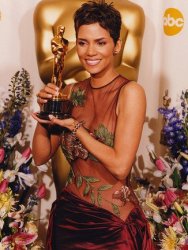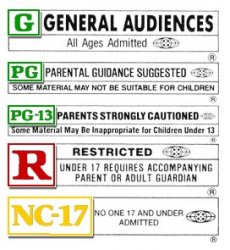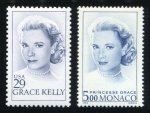Angelina Jolie – An Admirable Actress and Humanitarian by Brianna Hope Beaton
Tuesday, November 4th, 2014 I have been examining the impact of women who were brave enough to do what no others in the film industry have done before and bestowing on them the title of “first” in their category. However, not all the women who have made a difference in films belong to the group of “first’s”. Angelina Jolie is known not only as a phenomenal actress, but also as a passionate humanitarian.
I have been examining the impact of women who were brave enough to do what no others in the film industry have done before and bestowing on them the title of “first” in their category. However, not all the women who have made a difference in films belong to the group of “first’s”. Angelina Jolie is known not only as a phenomenal actress, but also as a passionate humanitarian.
Angelina Jolie Voight was born on June 4, 1975 to actor Jon Voight and actress Marcheline Bertrand, in Los Angeles California. She followed in her parents’ footsteps into the world of entertainment. In Ms. Jolie’s early teen years she attended Lee Strasberg Theater Institute and later New York University. Her breakthrough role took place in the late 1990s as her performance in Gia, a made-for-television film for which she won a Golden Globe Award for Best Actress. Another great dramatic performance in Girl, Interrupted (1999) brought Angelina her first Academy Award for Best Supporting Actress. Since then, she has starred in various roles – Shark Tale (Lola, 2004), Beyond Borders (Sarah Jordan, 2003), Salt (Evelyn Salt, 2010), Wanted (Fox, 2008), Mr. & Mrs. Smith (Mrs. Smith, 2005), Playing by Heart (Joan, 1998) The Tourist (Elise Clifton-Ward, 2010), Maleficent (Maleficent, 2014) and many more.
As to her humanitarian work, Ms. Jolie was made a Goodwill Ambassador for the UN Refugee Agency in 2001. Her work has affected many people in and out the United States. She captured the world’s interest when she worked to obtain aid for refugees in Cambodia, Darfur and Jordan and a few more. For her work in these areas, Ms. Jolie received the Global Humanitarian Action Award from the United Nations Association of the USA.
Hackers co-star Jonny Lee Miller married Jolie in 1995 and sadly, they divorced in 1999. The following year, Jolie married Academy Award-winning actor Billy Bob Thornton. That married also ended in divorce, in 2003. Jolie met actor Brad Pitt during the making of Mr. and Mrs. Smith in 2004 and they hit it off. Not only did they become a couple but they expanded their family little ones. In 2002, Jolie adopted a son, Maddox, from Cambodia. A few years afterwards, she adopted a daughter, Zahara. The couple’s first biological daughter, Shiloh, was born in Africa in 2006. A year later, Jolie adopted a three-year-old boy, Pax Thien, from a Vietnamese orphanage. Then Jolie gave birth to twins, Knox Leon and Vivienne Marcheline, on July 12, 2008. In total the actress and humanitarian has six kids.
Along with all the joy and happiness in creating this wonderful family came immense grief when Jolie’s mother, Marcheline Bertrand died of ovarian cancer in 2007, at the age of 56. Having a family history of breast and ovarian cancer and then, learning that she had a gene known as BRCA1, which increases the risk of both these cancers, Jolie wanted to make precautions. She underwent a double mastectomy in an effort to prevent breast cancer in herself. “My doctors estimated that I had an 87 percent risk of breast cancer and a 50 percent risk of ovarian cancer, although the risk is different in the case of each woman,” Jolie stated. “Once I knew that this was my reality, I decided to be proactive and to minimize the risk as much I could.”
On the lighter side of things, the engagement of Brad Pitt and Angelina Jolie occurred in 2012. They tied the knot, on August 23, 2014, in a quiet and special ceremony witnessed by their close family and close friends in the romantic French countryside.

I commend Angeline Jolie for her humanitarian efforts in promoting human welfare and social reforms with no prejudice of gender, sexual orientation, religious or national backgrounds. She has visited many countries around the world and I believe her goal is to save lives, relieve suffering and preserve human dignity.
Ms. Jolie’s career as an actress is extraordinary. She takes a scripted character and brings it to a believable and convincing life. She has mastered the skill of acting with control and confidence and always delivers a captivating performance. I certainly plan on taking the necessary steps to train and study hard on being a great actress guided by Angelina Jolie and other outstanding women.
One of my favorite quotes by Ms. Jolie that guides me is: “We come to love not by finding the perfect person, but by learning to see an imperfect person perfectly.”
—Angelina Jolie








